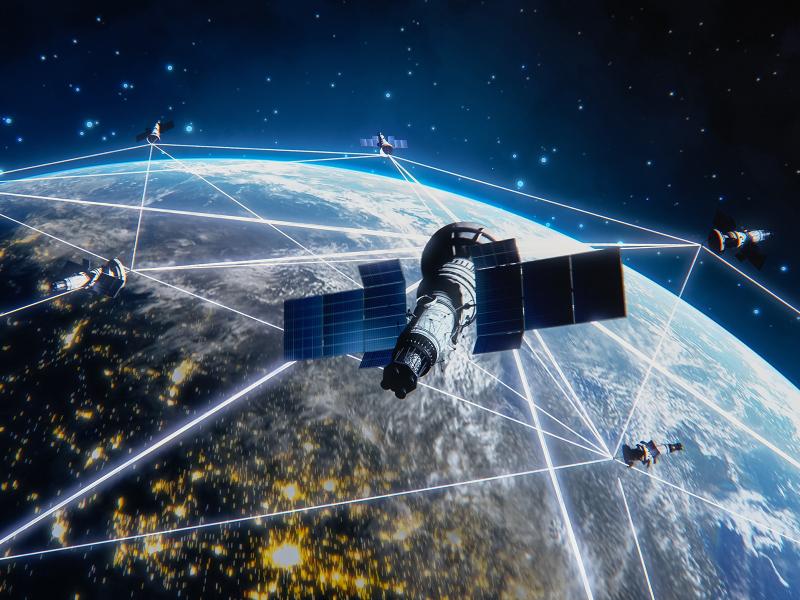
National Security
National Security
Identifying and combating
complex threats
Identifying and combating
complex threats
Image by Timothy Holland | Pacific Northwest National Laboratory
Protecting U.S. residents is among our nation’s highest priorities. As adversaries gain access to sophisticated technologies and materials, the threats grow more dynamic and complex—from cyber and nuclear to chemical and biological weapons of mass destruction and other forms of terrorism.
Faced with these realities and their impact on national security, PNNL develops science-based solutions that keep America safe. We drive innovation and critical capabilities in nuclear materials, threat analysis, and other areas of expertise to secure our nation’s critical infrastructure, combat global terrorism, and detect concealed threats and explosives.
The PNNL national security mission connects back to the 1940s, when scientists in nearby Hanford, Washington, produced the nation’s first plutonium for the Manhattan Project. Today, our researchers, tools, and technologies play a key role in advancing the ability to identify and secure nuclear materials, detect weapons of mass effect, manage nonproliferation treaties, secure our nation's borders, and protect critical infrastructures.
PNNL’s scientific discovery and capabilities—rooted in innovative theory, methods, algorithms, and tools—are enabling stronger, more resilient technologies and systems to safeguard national security. Coupled with decades of radiological and nuclear materials expertise, advanced computing and threat analysis capabilities, we are delivering solutions to identify, understand, and mitigate emerging threats at home and around the globe.
By the Numbers: National Security Related Research, Fiscal Year 2024
1,758
Scientists, engineers, and professional staff
$759M
science and technology funding
21
U.S. and foreign patents granted
2
R&D 100 Awards
1
Federal Laboratory Consortium Award
209
Peer-reviewed publications
112
Invention disclosures
100+
Countries where PNNL staff engaged virtually
22
Copyrights and trademarks granted
29
Joint appointments between PNNL and other research institutions
32
Postdocs
530
Interns / limited term employees

